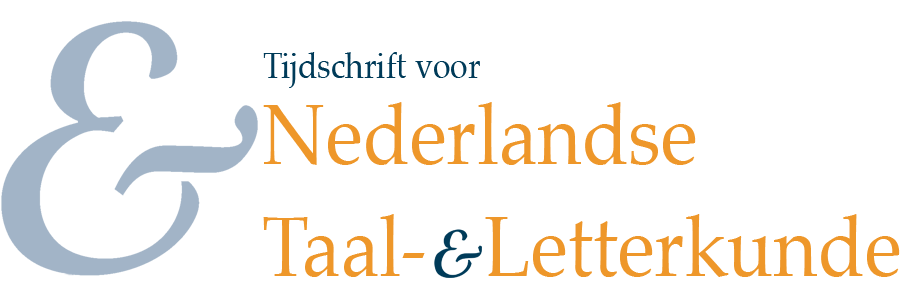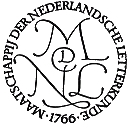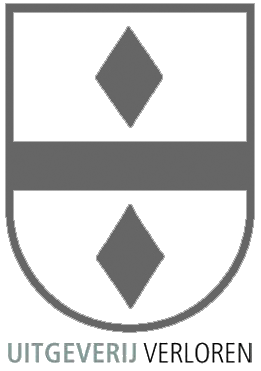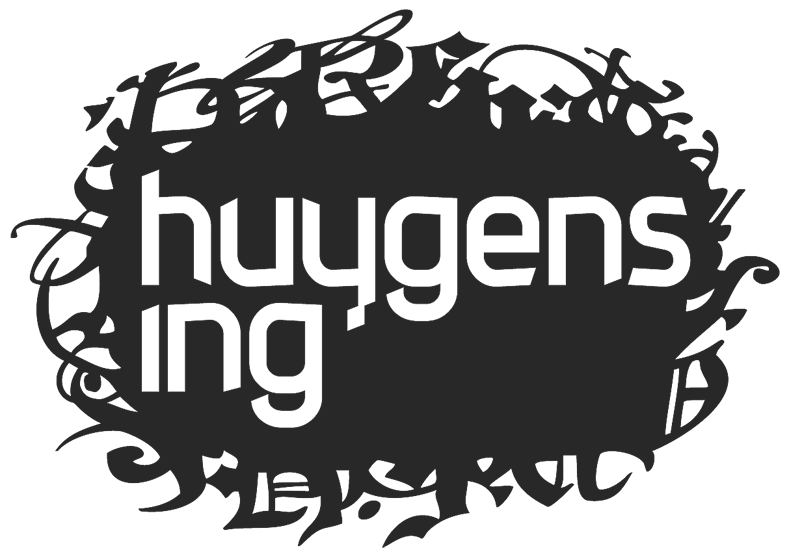De historische roman in Nederland, 1790-1899. Waardering en numerieke en thematische ontwikkeling
Samenvatting
Although the critical appreciation of the historical novel in the nineteenth century strongly fluctuated under the influence of literary historical, historiographical and ideological developments, the genre remained so popular that Dutch authors could not meet the demand at any point in time. Especially German-speaking authors were translated. A detailed statistical comparison of the originally Dutch and the translated historical novels that were published in The Netherlands between 1790 and 1899 brings some typical characteristics of the Dutch historical novel to light. 1) Typically Dutch is the neglect of the Eighteenth Century and – compared to the originally German novels – Antiquity. Dutch authors focused mainly on three periods: the Middle Ages, the Sixteenth Century and, although less than might be expected, the Seventeenth Century. The history of the cultural and economical developments in the Dutch Golden Age had yet to be written and most novelists were not willing and/or capable to do the required research. 2) In contradiction to contemporay complaints about the choice of subject matter of Dutch authors, the Netherlands is the place of action of about fifty percent of the Dutch novels, which is relatively high, especially in comparison to the originally German novels. Finally, it is concluded that the often assumed influence of D.J. van Lennep and/or E.J. Potgieter en R.C. Bakhuizen van den Brink remained limited to just a couple of authors. The last section contains some suggestions for further research.
Terugverwijzingen
- Er zijn momenteel geen terugverwijzingen.



